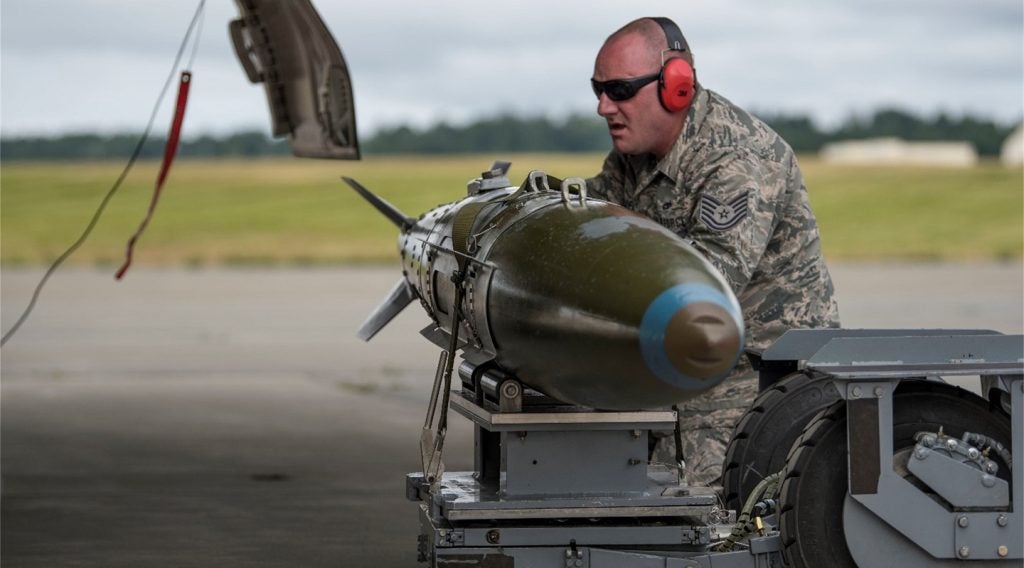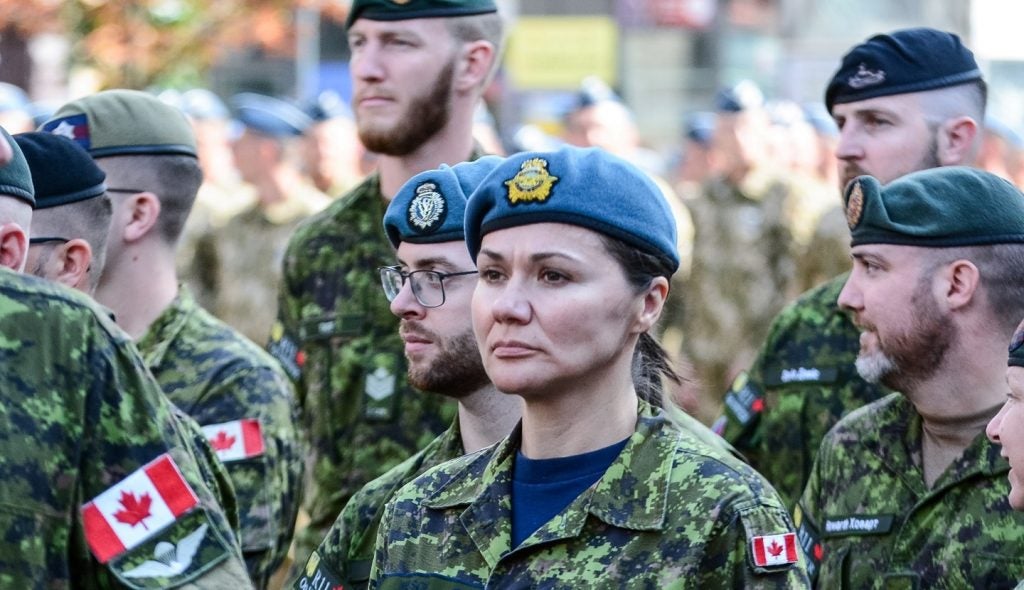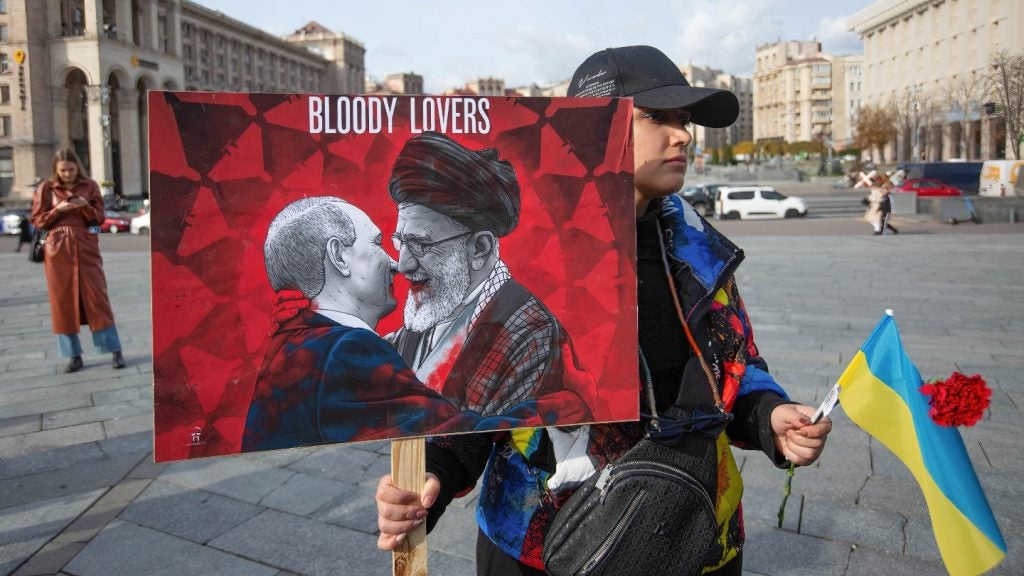
Northrop Grumman has conducted a laser communication systems demonstration for the proliferated low-Earth orbit (LEO) Tranche 1 Transport Layer (T1TL) prototype constellation.
The demonstration was performed under the US Space Development Agency’s (SDA) leadership.
The latest test showcased the capacity of a commercially developed laser communication system to work together with secure encrypted hardware of the US Government.
It also provided a baseline for the company’s future proliferated space crosslink communication efforts, including the SDA’s Transport and Tracking programmes.
Northrop Grumman communication systems, strategic space systems vice-president Blake Bullock said: “We invested in this demonstration because we wanted to reduce key risks early in development.
“Our team focused on speed and optimising the best of emerging commercial suppliers like Mynaric and Innoflight while bringing the mission expertise unique to Northrop Grumman to test and field this prototype constellation.”
How well do you really know your competitors?
Access the most comprehensive Company Profiles on the market, powered by GlobalData. Save hours of research. Gain competitive edge.

Thank you!
Your download email will arrive shortly
Not ready to buy yet? Download a free sample
We are confident about the unique quality of our Company Profiles. However, we want you to make the most beneficial decision for your business, so we offer a free sample that you can download by submitting the below form
By GlobalDataIn November 2021, Northrop Grumman selected Mynaric as the strategic supplier for laser communications in space.
The company also teamed up with US-based non-traditional defence contractor Innoflight for encryption, decryption and other key aspects of this architecture.
The constellation will provide a resilient, low-latency, high-volume data transport communication system.
It will support the US Department of Defense’s (DoD) efforts to connect all the joint forces.
The space networking capabilities play a crucial role in achieving secure connectivity worldwide.
Earlier this year, the SDA selected Northrop Grumman, Lockheed Martin Space and York Space Systems to supply 42 satellites each to support the T1TL development.
T1TL is a mesh network of 126 optically interconnected space vehicles. It is expected to be launched in September 2024.
Northrop Grumman recently collaborated with AT&T to carry out research and development of a 5G-enabled digital battle network, marking a major milestone in connecting the joint forces.







